Affiliate links on Android Authority may earn us a commission. Learn more.
The fall of Android's first OEM: The HTCstory
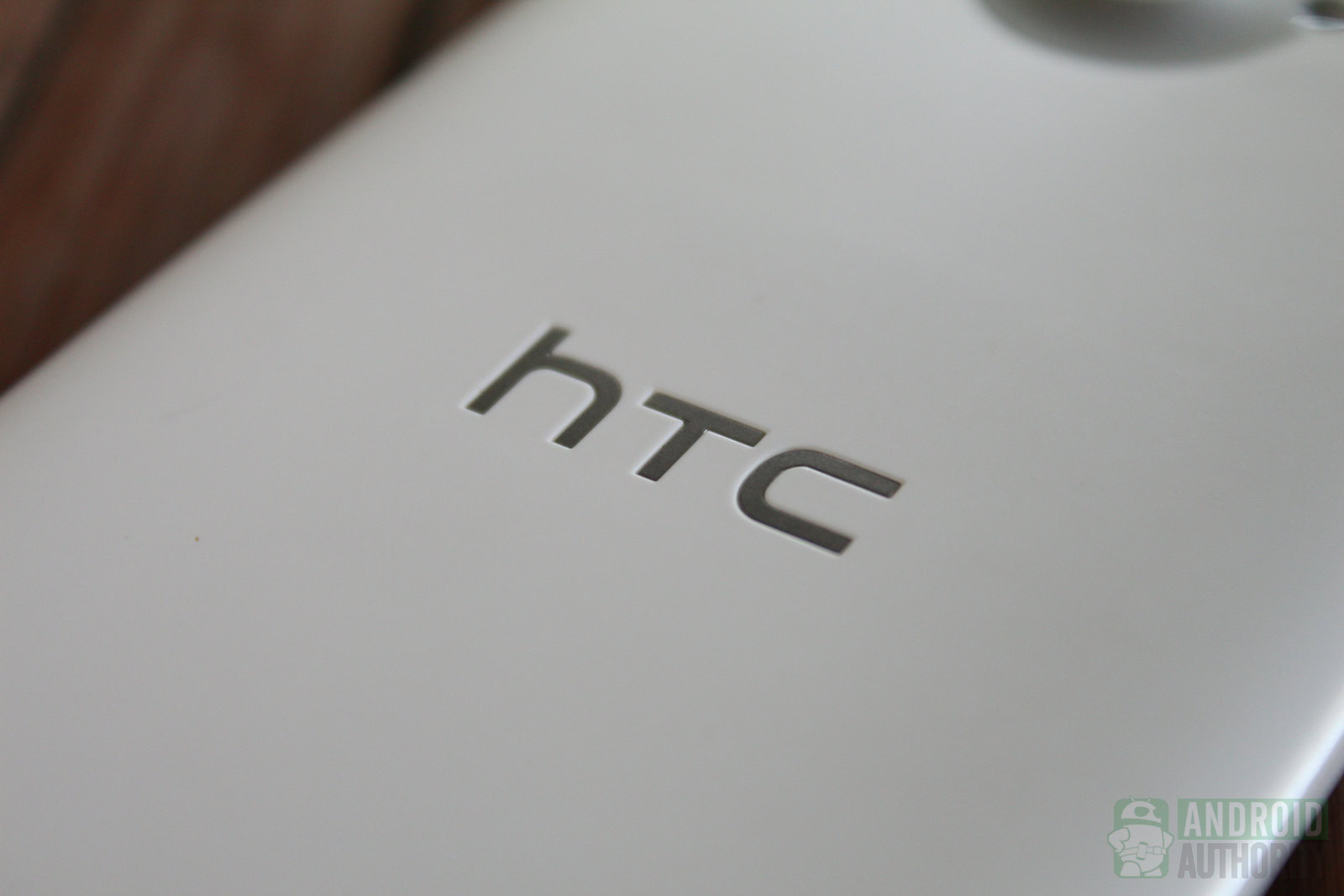
HTC is a prime example of how fast the smartphone market can change. It has existed for just 16 years, and in that time it grew from making devices for other brands, to become the third most valuable smartphone manufacturer in the world in 2011. Just two years later, the super-hot HTCbrand has cooled, and the cash reserves are dwindling. How did Android’s first OEM climb so high, so fast, and why did it fall from grace?
Small beginnings
Originally founded as the High-Tech Computer Corporation in 1997, by Cher Wang and H. T. Cho, the company didn’t officially change its name to HTCuntil 2008. Wang’s father made billions after founding a plastics and petrochemicals conglomerate and his daughter would follow in his entrepreneurial footsteps. With her friend, Peter Chou ensconced as CEO, the Taiwanese company started out on a disastrous laptop project, but soon changed direction to manufacture PDAs and mobile phones, initially for other companies. Starting with Compaq, then HP and Palm, HTCquickly built a reputation for innovative technology and high quality.
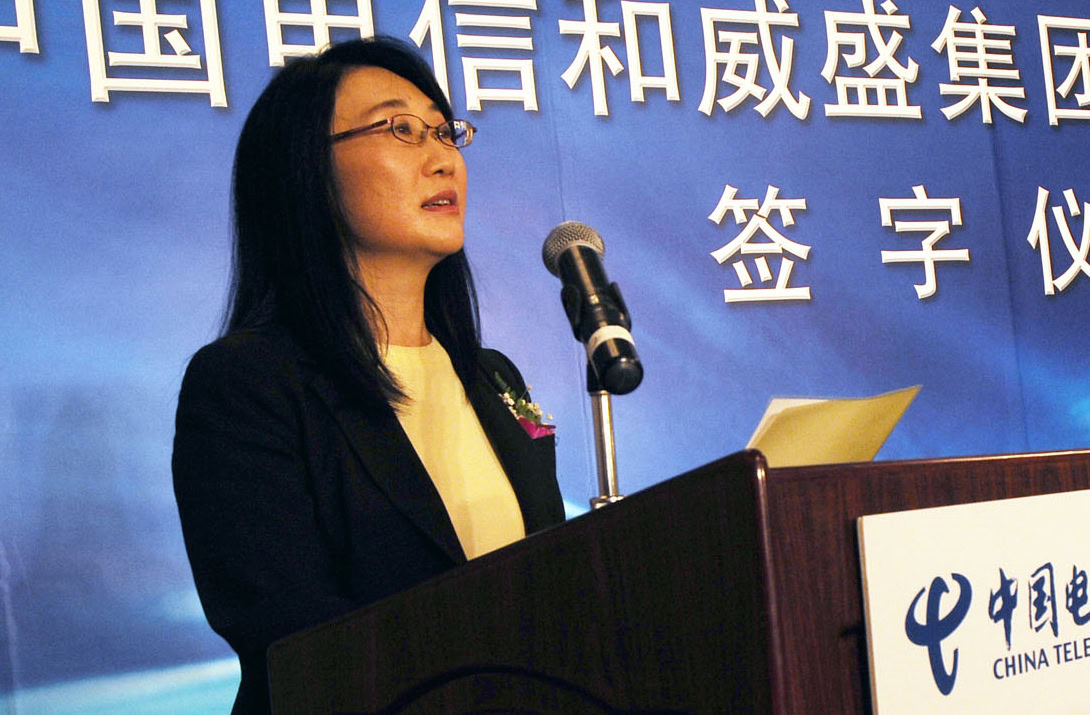
Work on pocket PCs, like the Compaq iPAQ, led to smartphones running the Windows Mobile platform. HTCmanufactured WinMo phones for Fujitsu-Siemens and Sony Ericsson. The company impressed as a contract manufacturer and caught the attention of various major carriers including T-Mobile, Orange, and O2. Co-branding was a first step towards striking out on its own and by the time the first HTC-branded devices hit the market in 2006, the company had a wealth of valuable experience and contacts.
Emerging from the shadows
The transition from manufacturing devices for other brands to building a name for HTCwasn’t easy, but a determined focus on the cutting edge and a willingness to adopt new ideas would serve the company well. 2008 was a pivotal year as the T-Mobile G1 (HTC Dream) launched the Android operating system. It boasted a 3.2-inch display with a resolution of 320 x 480 pixels, a 528 MHz processor, 192MB of RAM, and a 3.15-megapixel camera. The display slid to the side to reveal a physical keyboard. The reviews were mostly positive and the G1 sold more than 1 million units in the U.S. in the first six months after release.
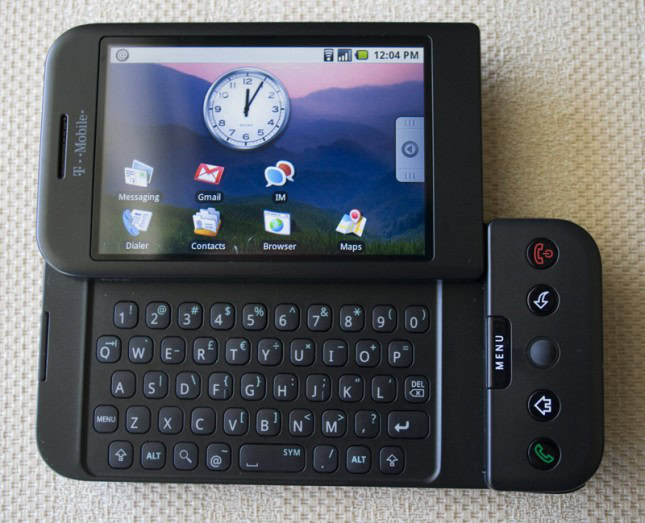
It was followed by the HTCMagic (T-Mobile myTouch 3G) and then, in July 2009, the Hero, which was the first release to feature the HTCSense user interface. After that came the Tattoo and the Droid Eris, but in 2010 things really took off. The first Google branded phone, the Nexus One, was manufactured by HTCand it was soon joined by the similar HTCDesire. Both devices ran Android 2.1, had 1GHz processors, 3.7-inch, 800 x 480 pixel displays, and 5-megapixel cameras.
The Nexus One showed HTC’s importance to Google and cemented its place in the vanguard of the fast-growing Android platform. The Desire was a more polished device and proved to be a major critical success. The company did not rest on its laurels, following up with the Droid Incredible, the HTCLegend, and the budget HTCWildfire.
The high point
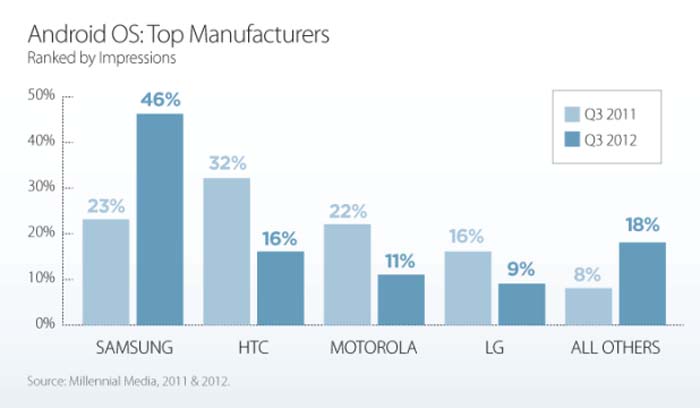
HTC has lost ground steadily ever since. The company announced its first loss since 2002 earlier this month, a net loss of $101 million. The Q3 2011 revenue of $4.54 billion has fallen to $1.6 billion last quarter. There’s no doubt that fierce competition from Samsung has taken its toll, but there are other reasons that HTChas fallen.
Money down the drain
With cash flowing into the coffers, HTCembarked on a licensing and patent acquisition spree to try and protect itself from lawsuits, particularly patent infringement claims from Microsoft and Apple. It spent $75 million on a collection of ADC Telecom patents. Then there was the $300 million acquisition of S3 Graphics. Despite these defensive acquisitions, and support from Google, which tried to lend HTCpatents to use in its case against Apple, the company didn’t fare well in the courtroom. It ended up signing licensing agreements with Microsoft and Apple in order to settle cases. That means HTCis paying a royalty on every Android handset it sells.
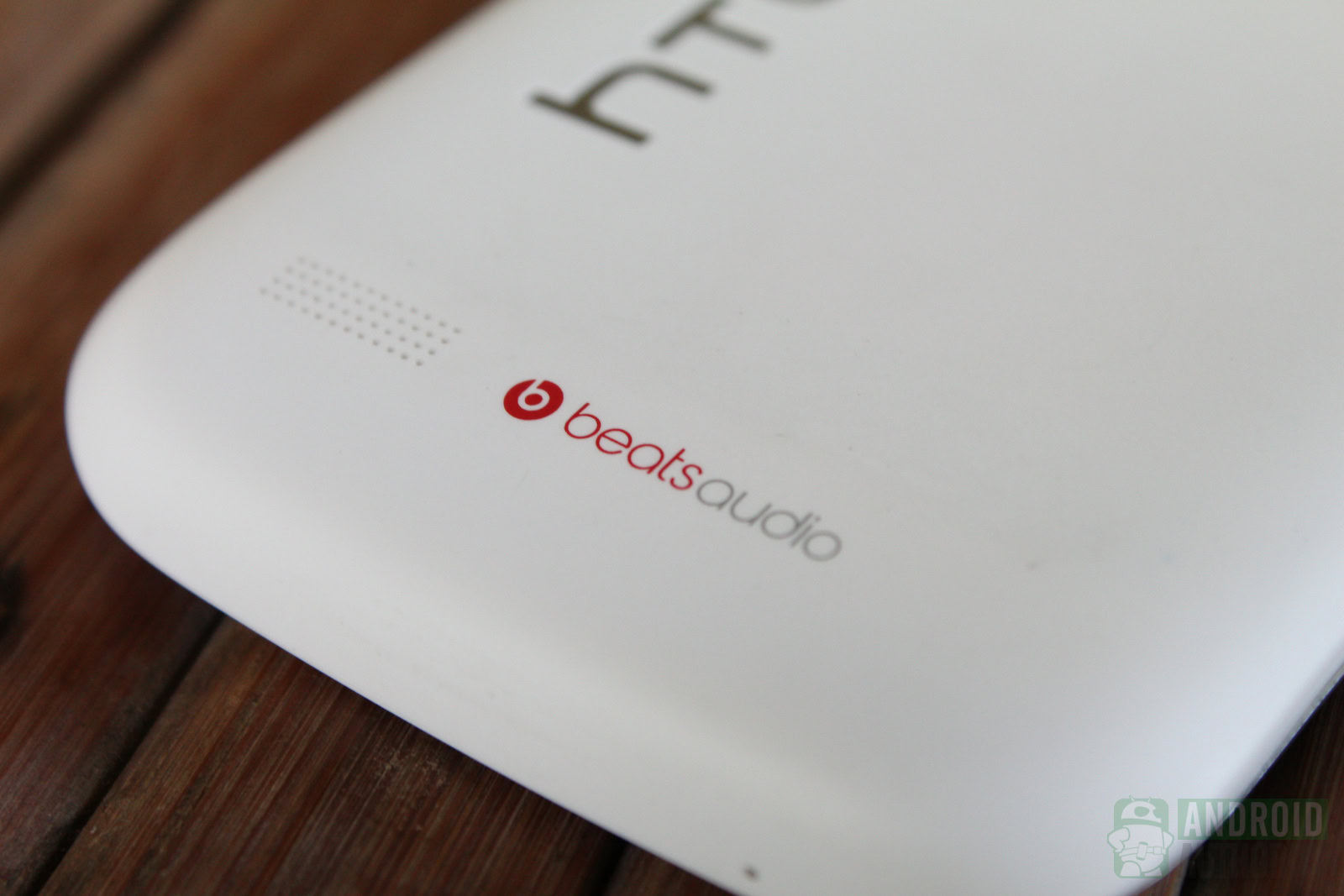
The company also made some questionable investments. It spent $40 million with game streaming service OnLive, $18.5 million to acquire cloud start-up Dashwire, sank a $35 million investment into enterprise app company Magnet Systems, and then spent $300 million to grab a controlling share in Beats Electronics. HTCdid sell back half its Beats stake for $150 million in the summer of 2012, and then the rest for $265 million last summer, so it may have made some money on that deal, but the Beats branding on its smartphones clearly did not work out as intended.
Being first
There’s a lot of talk about innovation in tech, but HTCproves that pushing boundaries and being first to market with new features and functions can be a double-edged sword. In 2010 the company built on a long list of firsts with the HTCEVO 4G, which was the first 4G smartphone to be released in the U.S. with carrier Sprint. The Thunderbolt and Vivid followed as the first LTE offerings on Verizon and AT&T the following year.
Sadly for HTCthe networks were not in place, the consumer demand was not there, and the battery drain issue was serious. Being too early with 4G did not do the company any favors.
Marketing mix up
Throughout 2011 and into 2012 HTCreleased a huge number of devices; some were minimal updates which saw perplexing additions to existing model names, tagging the letter S onto the end, along with a host of 4G versions. As an example, take the Evo. There was the original HTCEvo 4G, then the HTCEvo 3D, the HTCEvo 4G LTE, the HTCEvo Shift 4G, the HTCEvo Design 4G, and the HTCEvo View 4G. How about the Desire line? After the original HTCDesire there was the HTCDesire HD, HTCDesire Z, HTCDesire S, HTCDesire C, HTCDesire V, HTCDesire X, and more recently the HTCDesire 200, 500, 600, and 601.
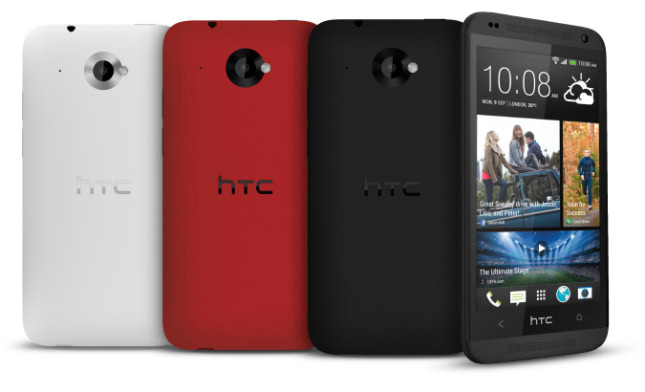
Muddled naming conventions were not the only problem. The Wildfire was the first signal that HTCmight deviate from the premium end of the market, but no one was prepared for the ChaCha and the Salsa, which both came with pointless dedicated Facebook buttons. The HTCRhyme was supposed to be a smartphone for women, but adding purple charms to the underpowered HTCDesire S was hardly revolutionary and the marketing effort was cringe inducing.
The lack of an obvious top device definitely hurt HTCand made it very tough for the Taiwanese manufacturer to go up against Apple and Samsung. Both companies outspent it on advertising and, even though Samsung released a similar bewildering array of devices, they focused money and marketing on the flagships: the Galaxy S and the iPhone.
Alienating fans
In addition to carrier exclusives, HTC’s once lauded Sense UI had also grown bloated. In the early days of Android, HTCgenuinely added value with the Sense UI, but the platform has come on so much since then that Sense is no longer a draw. Too much pre-installed software, slow updates, and less customizability all took their toll. Where did the microSD card slot go? Why was there no replaceable battery? Why were the specs not cutting edge? Why were the updates taking so long to roll out? Where was the long term support?
Not only did HTCfail to capture new audiences with its wider range, it also began to anger existing customers.
Reboot with One
HTC saw the writing on the wall and tried to turn things around. The HTCOne X had the specs and performance to compete with the best, and it hit the market in April 2012. The reviews were positive, but when the S3 landed in May the competition got tough. Our Galaxy S3 and HTCOne X comparison summed up the general feeling in the tech press at the time – that there really wasn’t much to choose between them. Consumers felt otherwise and the S3 was an obvious winner in terms of sales.
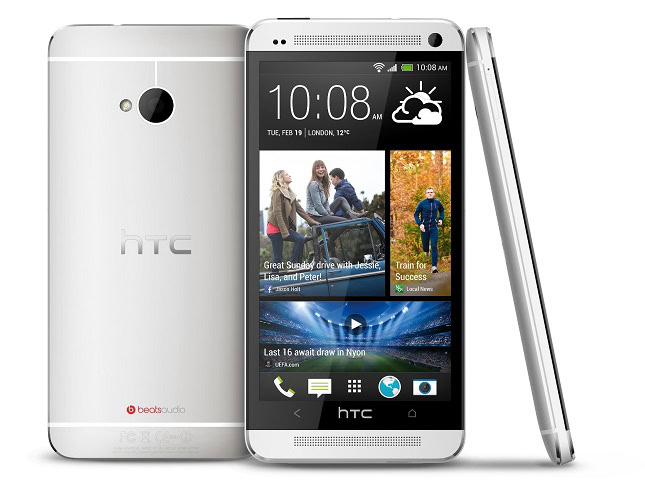
This year HTCdistilled things further, leading with the simply named HTC One. The specs are solid, the premium design is attractive, and the Sense UI has been cut back. It doesn’t tick all the boxes, and there have been some quality control and supply issues, but it’s definitely a great smartphone. Claims of 5 million units sold in its first month or so, would make it the biggest success the company has had in a long time.
Why can’t it compete with Samsung?
It’s interesting that on balance the tech press probably recommends the HTCOne as a better Android smartphone than the Samsung Galaxy S4, but Samsung sold 10 million S4 handsets in its first month after release. The obvious answer is that Samsung is a bigger company with fingers in a lot more pies and it has greater brand loyalty, built across devices, not to mention marketing muscle that HTCcan only dream of.
HTC has also traditionally been reliant on the U.S. and European markets. It may be a Taiwanese company, but it’s still a relative newcomer to the Chinese market and it doesn’t have an especially big share of Asian markets. In the rest of the world it is way behind Samsung. Since the smartphone market is hitting saturation in the U.S. and Europe, the drop in sales hits HTCdisproportionately hard.
The thing is, HTCcan be successful without beating Samsung, third place is still a prize worth competing for, but having fallen out of the top ten, it has a lot of ground to make up.
Is a comeback on the cards?
The danger is that HTCbecomes a victim of its own bad press and can’t break out of the current downward spiral in time. Heads have obviously rolled inside the company. There has been a major restructuring, a lot of people have been ousted, and recent reports are suggesting that founders Cher Wang and H.T. Chou are stepping up their duties to try and get things back on track. The HTCOne looks like a great first step, and the forthcoming HTC One Max shows that the company is trying to address criticisms. Releasing good devices, or even great devices, is not enough to guarantee success, there has to be a winning strategy in terms of ongoing support and building brand loyalty. HTCcould still make a comeback; much depends on how many bridges have already been burned with consumers.